
What Is a Low-Carb Diet? A Beginner’s Guide to Getting Started
In the search for healthier eating habits, more energy, and sustainable weight management, many people turn to the low-carb diet. While this approach has been around for decades, it's gained widespread attention in recent years for its effectiveness and flexibility. At its core, a low-carb diet focuses on reducing carbohydrate intake and replacing it with protein, healthy fats, and fiber-rich foods. But what does that actually look like in practice, and how can it benefit your health?

Understanding Carbohydrates
Carbohydrates are one of the three primary macronutrients, along with proteins and fats. They serve as the body’s main energy source, breaking down into glucose to fuel everything from muscle movement to brain function. Carbs are found in a wide range of foods including fruits, vegetables, grains, legumes, dairy, and sugary snacks.
There are two types of carbs:
-
Simple carbs: Found in refined sugars, white bread, pastries, and sweetened beverages. These are quickly digested and often lead to spikes in blood sugar.
-
Complex carbs: Found in whole grains, vegetables, and legumes. These are digested more slowly and offer greater nutritional value.
A low-carb diet emphasizes reducing simple carbs and moderating complex carbs to support better blood sugar control, weight loss, and overall metabolic health.
What Counts as “Low-Carb”?
There’s no single definition of a low-carb diet, as intake can vary based on individual goals and health conditions. However, here’s a general breakdown:
-
Moderate Low-Carb: 100–150 grams of carbs per day
-
Low-Carb: 50–100 grams of carbs per day
-
Very Low-Carb/Ketogenic: Under 50 grams of carbs per day
To put that into perspective, a single medium-sized banana has around 27 grams of carbs. In a standard high-carb diet, daily carb intake often exceeds 250 grams, primarily from bread, rice, pasta, and sugary snacks.
Health Benefits of a Low-Carb Diet
-
Weight Loss
Reducing carbs lowers insulin levels, which helps the body access stored fat for energy. This shift can lead to steady weight loss without calorie counting for many individuals. -
Improved Blood Sugar Control
A low-carb diet is especially beneficial for people with type 2 diabetes or prediabetes. It reduces post-meal blood sugar spikes and improves insulin sensitivity. -
Enhanced Heart Health
Some studies suggest that a low-carb diet can raise HDL (good cholesterol), lower triglycerides, and reduce markers of inflammation—all of which support cardiovascular health. -
Increased Satiety
Higher intake of protein and fats leads to better appetite control. People often report feeling fuller longer, which naturally reduces overall calorie intake. -
Better Mental Clarity and Energy Levels
Once the body adjusts to burning fat instead of glucose (a state called ketosis, in very low-carb diets), many experience improved focus and more stable energy.
Foods to Eat on a Low-Carb Diet
|
Category |
Examples |
|---|---|
|
Proteins |
Eggs, chicken, fish, tofu, paneer, lean beef, turkey |
|
Healthy Fats |
Avocados, olive oil, ghee, nuts, seeds, coconut |
|
Low-Carb Vegetables |
Spinach, broccoli, zucchini, bell peppers, cauliflower |
|
Low-Glycemic Fruits |
Berries, watermelon, cantaloupe, avocado |
|
Dairy |
Full-fat Greek yogurt, cheese, butter (in moderation) |
|
Legumes (moderation) |
Lentils, chickpeas, black beans |
Foods to Limit or Avoid
|
Category |
Examples |
|---|---|
|
Sugary Foods |
Sweets, candies, pastries, sugary drinks |
|
Refined Grains |
White bread, white rice, pasta, maida-based snacks |
|
Starchy Vegetables |
Potatoes, corn, peas (can be eaten occasionally, depending on the plan) |
|
Packaged Junk Foods |
Chips, biscuits, sweetened cereals |
|
High-Sugar Fruits |
Bananas, grapes, mangoes, pineapples (especially during early stages) |
Common Types of Low-Carb Diets
-
Standard Low-Carb Diet: Focuses on whole foods with moderate protein, healthy fats, and reduced carbs.
-
Ketogenic Diet (Keto): Very low in carbs and high in fat to induce ketosis.
-
Paleo Diet: Excludes grains, legumes, and dairy; naturally lower in carbs.
-
Atkins Diet: Structured into phases with gradually increasing carb intake.
-
Eco-Atkins or Vegetarian Low-Carb: Plant-based version focusing on legumes, seeds, and low-carb veggies.
Tips to Get Started
-
Read Food Labels: Be aware of hidden sugars and starches in processed foods.
-
Plan Your Meals: Meal prepping helps you stay on track and avoid impulse eating.
-
Stay Hydrated: Drink plenty of water and consider adding electrolytes, especially during the initial adjustment phase.
-
Don’t Fear Fats: Healthy fats are your friend on a low-carb diet and help keep you full and energized.
-
Monitor Your Progress: Whether it's tracking weight, inches, or blood sugar, monitoring helps you stay motivated.
Are There Any Side Effects?
When beginning a low-carb diet, some people may experience temporary discomfort, often called the "low-carb flu." Possible side effects include:
-
Fatigue or low energy
-
Headaches
-
Irritability or mood swings
-
Muscle cramps or weakness
-
Difficulty sleeping
-
Dizziness or lightheadedness
-
Sugar cravings

Who Should Be Cautious?
While generally safe, a low-carb diet may not be suitable for everyone. People who should consult a healthcare professional before starting include:
-
Those with kidney disease
-
Individuals with type 1 diabetes
-
Pregnant or breastfeeding women
-
People with a history of eating disorders
-
Those on medications for diabetes or high blood pressure (dosages may need adjustments)
-
Anyone with a chronic illness or undergoing medical treatment
Summary
A low-carb diet is a powerful tool for improving metabolic health, managing weight, and boosting overall well-being. By reducing carbohydrate intake and focusing on whole, nutrient-rich foods, you can support balanced blood sugar, sustained energy, and long-term health goals. With a variety of approaches to choose from and flexibility in food options, a low-carb lifestyle can be personalized to fit your needs—whether you're just beginning your wellness journey or looking to level up your existing routine.
At Lofoods, supporting mindful eating with low-carb, diabetic-friendly, and deliciously nutritious food choices is at the heart of everything. Take the first step toward your healthier lifestyle today—one bite at a time.
This Blog post is an initiative by Lo! Foods, to provide accurate and Nutritionist / Doctor approved information related to Health. Lo! Foods is India's leading brand for Everyday Functional Foods. Foods designed for specific Health conditions or Needs. Lo! Foods also runs India's largest range of Low Carb Healthy Cloud Kitchens, under the brand names of Lo!, ProteinChef, ATH (All Things Healthy) and DiabeSmart.



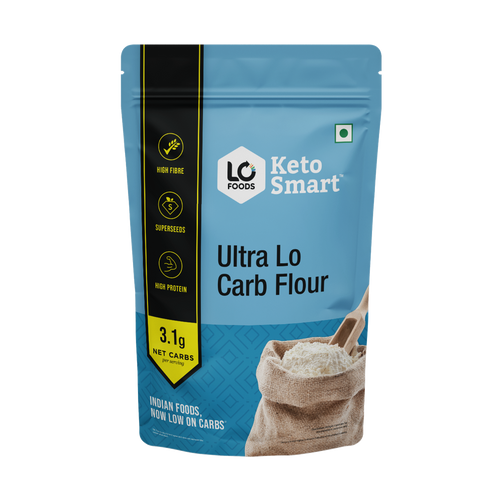
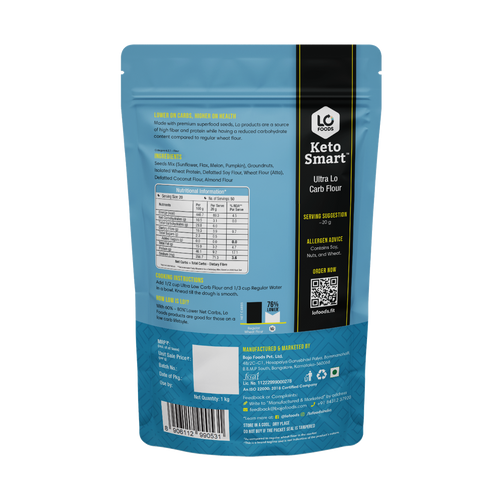

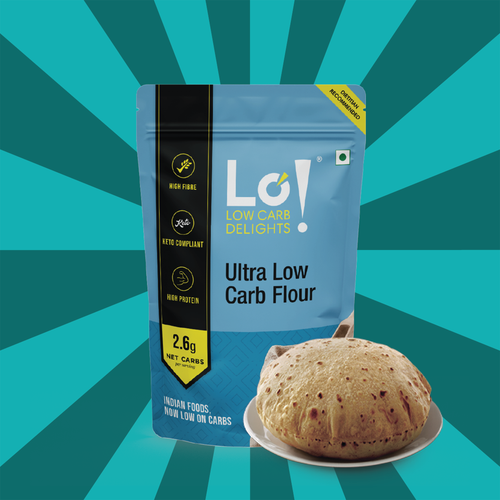


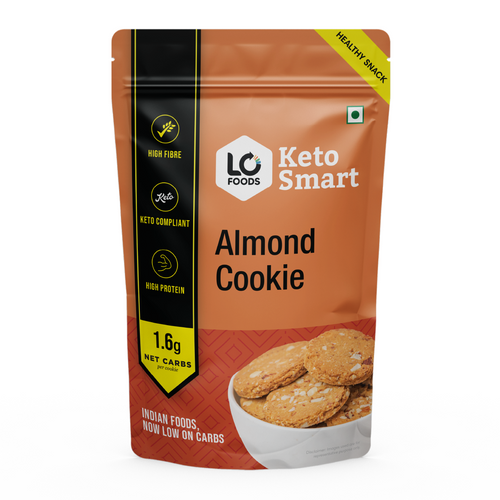

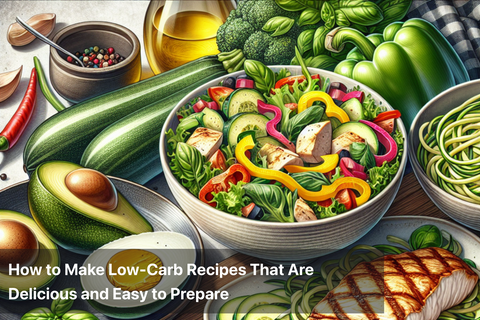
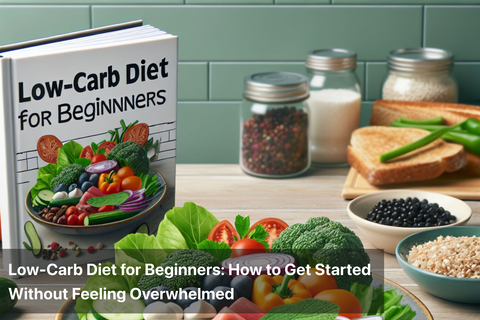


Leave a comment
Your email address will not be published.